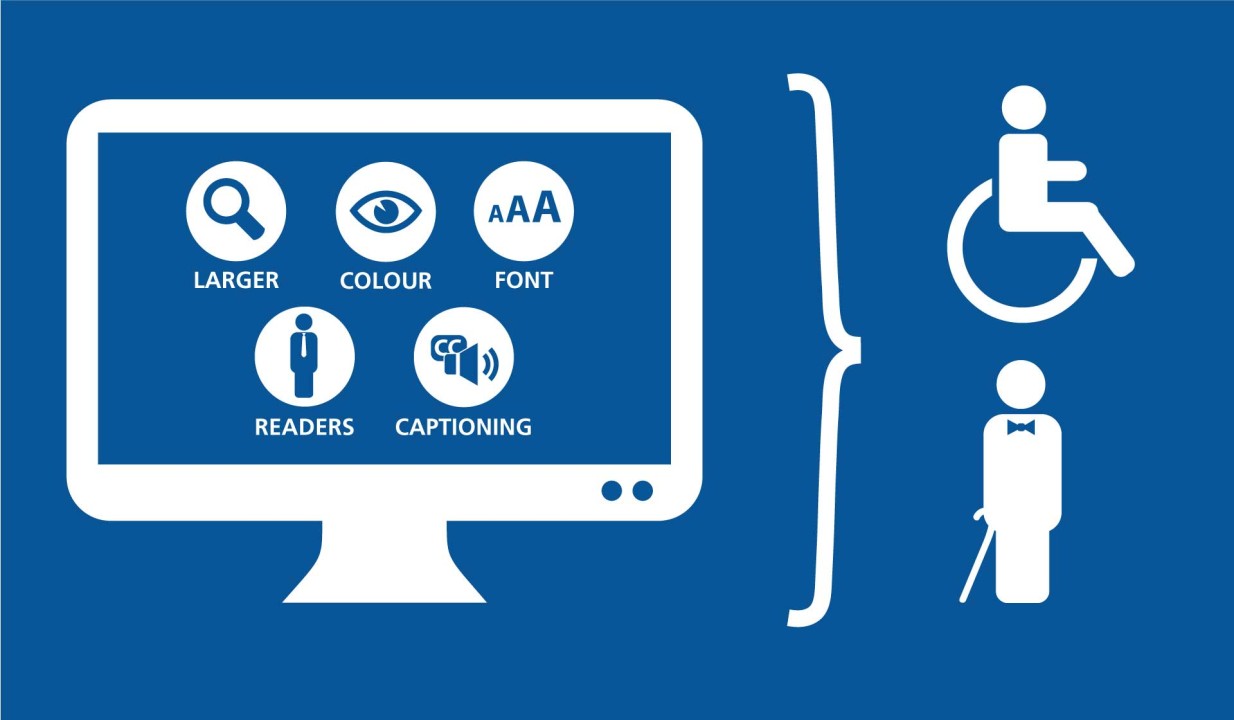Tube Rank: Your Guide to Video Success
Discover tips and insights for optimizing your video presence.
Web Accessibility: Making the Internet Less of a Maze
Unlock the secrets to a user-friendly web! Discover tips on making online spaces accessible for everyone, no more digital mazes!
Understanding Web Accessibility: Key Principles for a User-Friendly Experience
Understanding Web Accessibility is essential for creating a user-friendly experience that caters to all individuals, including those with disabilities. The key principles of web accessibility are centered around ensuring that everyone, regardless of their abilities, can access, navigate, and interact with online content. This involves adopting practices that consider visual impairments, auditory challenges, and cognitive disabilities. By implementing various accessibility standards, such as the Web Content Accessibility Guidelines (WCAG), web developers and content creators can enhance user experiences and promote inclusivity.
One of the fundamental principles of web accessibility is perceivable content. This means that all information and user interface components must be presented in ways that can be easily seen, heard, and understood. Implementing features such as text alternatives for images, captions for videos, and adequate color contrast ensures that users with different needs can access content. Additionally, the principle of operable interfaces plays a crucial role; users should be able to navigate the site through various means, including keyboard navigation and assistive technologies. By focusing on these core principles, websites can significantly improve their user-friendly experience.

The Importance of Inclusive Design: How Web Accessibility Benefits Everyone
Inclusive design is not just a trend but a necessary approach to creating web experiences that cater to everyone, including those with disabilities. By prioritizing web accessibility, designers and developers ensure that their websites are usable by the widest possible audience. This includes implementing features like alt text for images, keyboard navigation, and color contrast adjustments. When websites are accessible, they open doors to individuals with diverse abilities, thus enhancing their experience and interaction with the digital world.
Moreover, inclusive design benefits not only those with disabilities but also users in various contexts. For instance, a website that is easy to navigate on a mobile device can significantly improve the experience for all users, regardless of their situation. This is particularly relevant in our increasingly mobile world where individuals may have limited access to high-speed internet or are managing multiple tasks simultaneously. By embracing web accessibility, businesses can tap into a larger market and foster a more inclusive digital community.
Common Web Accessibility Mistakes and How to Avoid Them
Web accessibility is essential in ensuring that all users, including those with disabilities, can effectively interact with digital content. One common web accessibility mistake is the use of inadequate color contrast between text and background. This can make it challenging for visually impaired individuals to read content. To avoid this, use tools like the WebAIM Color Contrast Checker to ensure your palette meets the recommended guidelines, which suggest a contrast ratio of at least 4.5:1 for normal text.
Another prevalent issue is the lack of descriptive alt text for images. This can hinder users who rely on screen readers, making your content inaccessible to them. To enhance accessibility, always provide meaningful alt text that describes the image accurately. For example, instead of just saying 'image of a cat,' you could write 'a fluffy black cat lounging in a sunbeam.' This small change can significantly improve the experience for users with visual impairments.